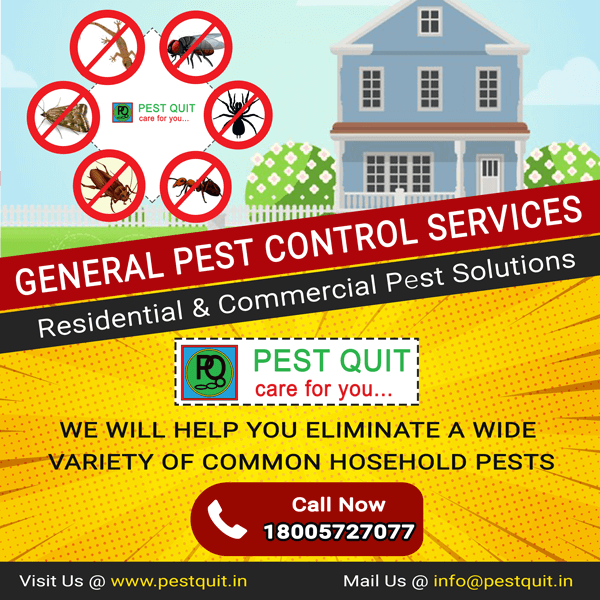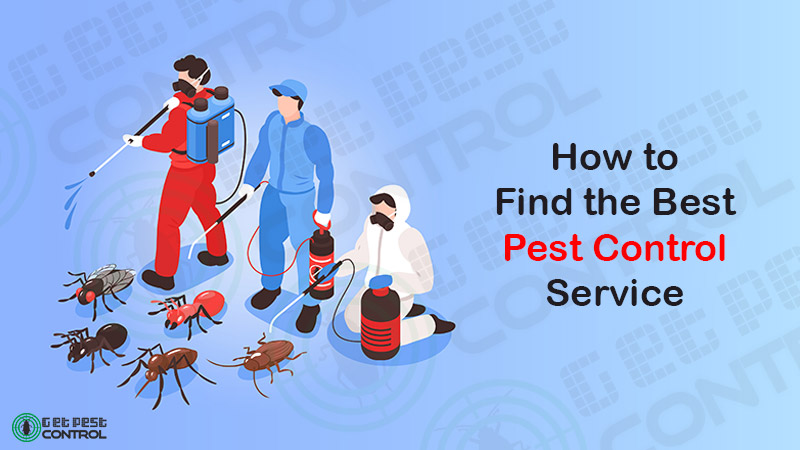Comprehending Various Kinds Of Insect Control Methods and Their Performance
The monitoring of pests is a critical element of maintaining the wellness and stability of different environments, from farming areas to property homes. When considering pest control methods, it is vital to understand the diverse approaches available and their differing levels of performance. From chemical interventions to organic options, each technique offers unique advantages and limitations. By discovering the nuances of these insect control techniques, a thorough understanding of how to address insect issues can be established.
Chemical Bug Control Methods
Chemical pest control approaches play a critical duty in effectively taking care of and removing pest infestations in numerous atmospheres. One of the key benefits of chemical parasite control is its ability to provide quick and targeted remedies to pest problems. Pest Control Auckland.
Nevertheless, it is necessary to think about the potential dangers and downsides connected with chemical insect control techniques. Overreliance on chemicals can result in the advancement of pesticide resistance in bugs, making them more challenging to regulate in the lengthy run. In addition, making use of specific chemicals can have unsafe effects on non-target microorganisms, the atmosphere, and human health otherwise applied properly.

Biological Insect Control Approaches
Using natural predators and virus to handle bug populations properly, organic bug control approaches supply a green and lasting approach to pest monitoring. By introducing or advertising the task of microorganisms that normally take advantage of or infect insects, such as ladybugs for aphid control or specific germs for caterpillar infestations, biological control can help keep insect populaces at workable levels without the need for artificial chemicals. This approach is specifically helpful for natural farming practices, as it prevents the usage of possibly dangerous compounds while keeping plant health.

Physical Parasite Control Methods
While biological bug control techniques focus on utilizing all-natural predators and pathogens, physical insect control techniques use physical and mechanical obstacles to take care of insect populaces. These methods are commonly considered eco friendly as they reduce the usage of chemicals. Physical pest control includes strategies such as trapping, using barriers like screens or nets, and physically removing insects from the area.
Catches are generally made use of in physical bug control to catch and remove bugs like rats and insects. These traps can be baited with food or pheromones to attract the pests, leading them to an included location where they can be conveniently taken care of. An additional physical approach is the usage of obstacles such as fences, displays, or webs to avoid insects from entering or infesting specific locations. For example, mounting fine mesh screens on home windows can aid stay out flies and mosquitoes.
Natural Pest Control Techniques
Integrating plant-based repellents and all-natural killers Going Here is a vital method in carrying out reliable all-natural parasite control approaches. By urging the presence of useful pests like ladybugs, lacewings, or predatory termites, garden enthusiasts can normally regulate pest populaces. These killers feed upon typical garden insects such as mites, aphids, and caterpillars, assisting to maintain a balanced community without the need directory for chemical treatments.

In addition, carrying out cultural practices such as plant rotation, buddy planting, and keeping proper plant health can additionally boost the effectiveness of all-natural pest control approaches. These methods not just help in protecting against pest infestations however also promote biodiversity and total community durability. By incorporating these natural strategies, individuals can properly manage parasites while lessening environmental effect.
Integrated Parasite Administration (IPM) Strategy
Implementing an Integrated Bug Management (IPM) method is essential for efficiently regulating bug populations while reducing dependence on chemical pesticides. IPM is a lasting and comprehensive technique that integrates various bug control click over here now approaches to attain long-term services. This method concentrates on prevention, control, and tracking to resolve bug concerns in an eco-friendly way.
IPM integrates biological, cultural, physical, and mechanical methods with the minimal and tactical use of pesticides when essential. By emphasizing proactive steps such as habitat modification, organic control, and exemption, IPM aims to minimize bug populations and their effect on the environment. Normal surveillance is crucial in IPM to assess pest degrees precisely and figure out one of the most proper control techniques.
One of the vital benefits of IPM is its capacity to decrease the risks connected with extreme pesticide usage, such as ecological contamination and harm to non-target organisms. Additionally, IPM advertises a much more holistic approach to pest monitoring by thinking about the general community dynamics. Overall, the IPM strategy offers a efficient and sustainable service for insect control while promoting environmental duty.
Conclusion
In verdict, recognizing the different types of insect control approaches and their effectiveness is important in properly taking care of parasite infestations. Integrated Insect Administration (IPM) technique, which incorporates numerous approaches for lasting parasite control, is increasingly being recognized as a holistic and environmentally friendly solution.
Chemical pest control methods play a pivotal duty in properly taking care of and eradicating pest infestations in numerous settings.Utilizing natural predators and pathogens to take care of parasite populaces successfully, organic bug control techniques provide a sustainable and environmentally friendly strategy to pest monitoring. By presenting or promoting the task of microorganisms that naturally prey on or infect insects, such as ladybugs for aphid control or specific bacteria for caterpillar infestations, biological control can aid preserve pest populaces at convenient levels without the need for artificial chemicals.While biological parasite control approaches concentrate on utilizing all-natural predators and pathogens, physical bug control approaches use physical and mechanical obstacles to manage pest populaces. Integrated Pest Monitoring (IPM) method, which integrates different techniques for lasting bug control, is increasingly being identified as a all natural and eco friendly remedy.